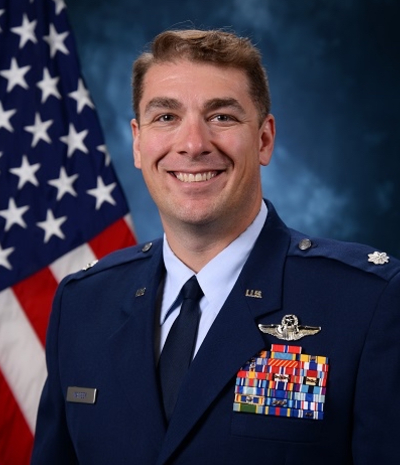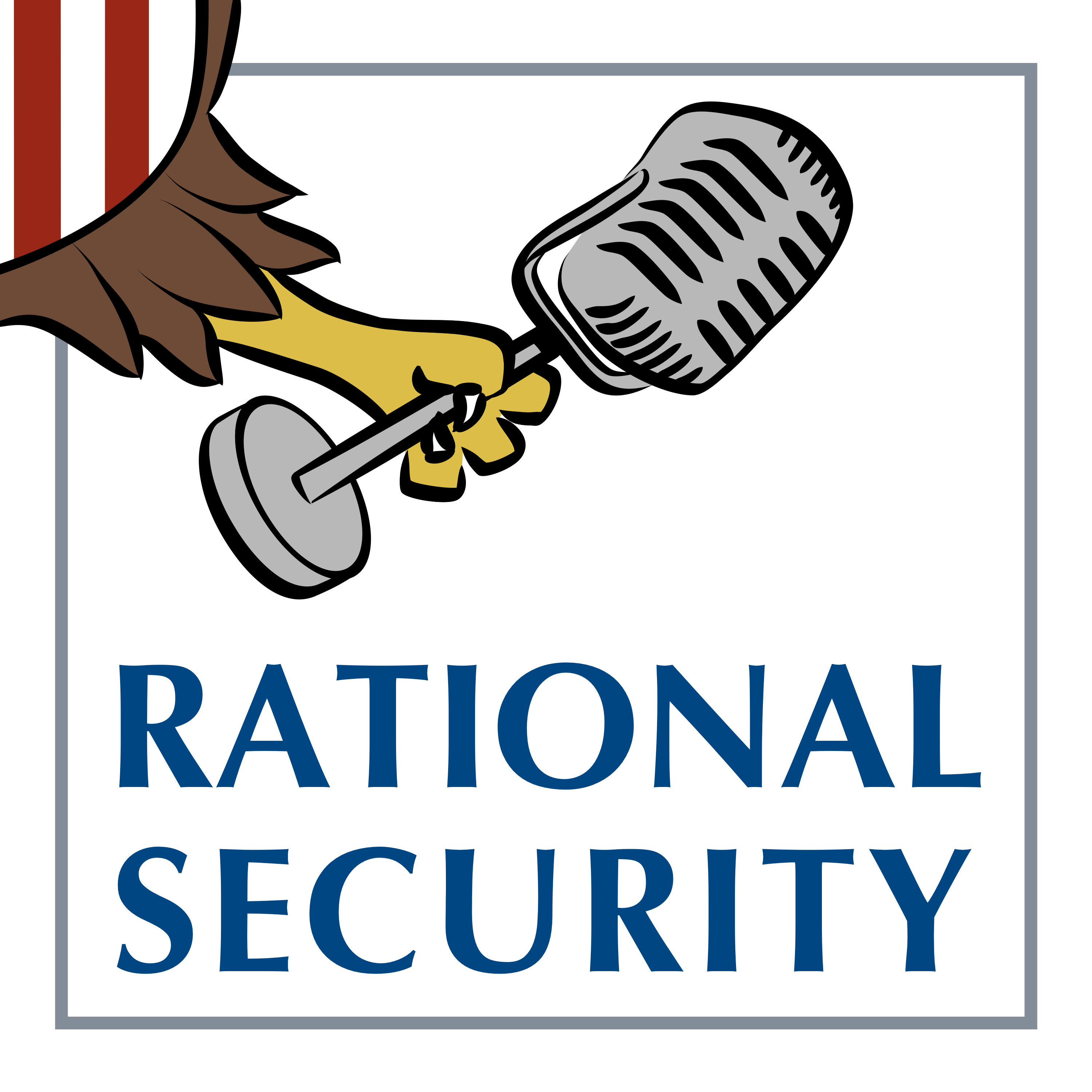How to Reform Military Advising

Published by The Lawfare Institute
in Cooperation With

Editor’s Note: The United States seeks to make its allies and partners militarily stronger through advising, but in Afghanistan and Iraq these efforts failed in spectacular fashion. Jahara Matisek of the Naval War College and Alexander Noyes of the Brookings Institution argue that security advising has had many successes but that it needs substantial changes in order to be more consistently effective.
Daniel Byman
***
As great power competition intensifies, military advising, despite its mixed tracked record, remains one of the cheapest and most strategically valuable ways the United States can strengthen security partners, deter adversaries, and preserve global influence without large-scale troop deployments. Advisers are quiet professionals who use a form of soft power to generate hard power results.
But the Pentagon is dismantling key elements of this effective tool. Last month the U.S. Army announced plans to deactivate two of its Security Force Assistance Brigades: the 4th, responsible for European advising missions, and the 54th, a National Guard unit supporting advising globally. The official justification for the cuts is that it will free up personnel, especially noncommissioned officers, to focus on areas with less well-developed partnerships outside of Europe, and to prioritize “the traditional operational force.” Security Force Assistance Command will also be stripped of institutional autonomy and its staff reduced under U.S. Army Forces Command. No public timeline has been given for these changes, but they are likely to go into full effect in the coming fiscal year.
Cuts to military advising go beyond just the Army. In 2022, the Air Force deactivated the 6th and 711th Special Operations Squadrons, both with decades of experience training partner air forces. Additionally, the 81st Fighter Squadron, which also did combat air advising, was deactivated around the same time. Before its deactivation, advisers from the 81st proposed a plan to train Ukrainian pilots for combat missions in under 90 days—a proposal that was ultimately not pursued.
These cuts reflect a failure to understand what makes military advising valuable, when it is done right.
Military Advising Has a Public Relations Problem
Military advising and security force assistance writ large have had some painful, high-profile failures, most notably in Afghanistan and Iraq and, earlier, in Vietnam. In these and other cases, security assistance efforts, including advising, were often undermined by fragmented planning, short adviser rotations, lack of attention to institutional capacity building, misaligned interests between the United States and partners, and overreliance on contractors. Yet many of these failures were due not entirely to the concept of advising per se but to its frequently inconsistent and often incoherent design and implementation.
Indeed, military advising, when done right, has had some important successes that all too often have flown under the public radar, including in Colombia in the early 2000s and, more recently, in Ukraine. Research shows that well-designed, long-term, consistent, and deeply involved advising can be critical to achieving U.S. grand strategy and defense policy goals. At their best, advisers don’t just teach tactics; they build institutional capacity and trust, improve interoperability, and help partners become more capable of fighting—and surviving—on their own.
In an era when access, influence, and burden-sharing matter more than ever, the United States needs more, and more effective, military advising. Instead of cutting units, the United States should reform military advising to be more integrated, across both the joint force and the spectrum of conflict, from the tactical and operational levels to the critical but often ignored strategic echelon.
Bureaucratic Missteps Undermine Strategy
Despite its great potential and relatively unsung successes, military advising does continue to suffer largely from institutional neglect and bureaucratic inertia. This is not new and has been a challenge for decades. The problem isn’t necessarily performance; it’s structure. Advising sits in bureaucratic no man’s land and its utility is poorly understood by senior officials and even U.S. ambassadors. The military services are responsible for organizing and equipping forces, while combatant commands are responsible for employing them. Advisers fall in between: claimed by neither, championed by none.
This lack of ownership means advising is not prioritized in force design, resourcing, and career development. Advisers are often selected ad hoc, with little continuity or long-term investment. Missions are disconnected from theater strategies and frequently treated as temporary side projects. Within the services, advising is rarely seen as a career enhancer. In many cases, advising tours are the “kiss of death” for personnel seeking professional growth and promotion.
Advising also suffers from a lack of jointness. Army adviser units operate independently from Air Force advising elements. Conventional Navy and Marine Corps forces, while occasionally tasked with advising missions, lack permanent units that are dedicated purely to advising. Special Operations Forces advise as well, although usually on a smaller scale, and these efforts also frequently lack alignment with conventional efforts. Advising at the strategic level, while increasingly valued in the U.S. government, is still fragmented, unevenly resourced, and rarely fully integrated with tactical and operational advising.
The Case for Joint Integrated Military Advising
If the United States wants to better support deterrence, strategic campaigning, and allied burden sharing—as advocated by the Trump administration—effective advising will need to play a central role. Instead of cutting units, the Pentagon needs advising structures that are fully integrated from the tactical to strategic levels, joint, enduring, and aligned with long-term strategic goals.
The Pentagon should therefore establish a permanent integrated joint advising force: a standing, elite formation built to provide embedded assistance across all domains, as well as across the tactical, operational, and institutional levels. This professionalized integrated joint advising unit would unify capabilities and specialties across all military branches, while coordinating closely with—but not duplicating the efforts of—U.S. Special Operations Forces and other security advisers, including the National Guard and State Department.
Learning from the successes of Colombia and Ukraine, the joint advising unit should be guided by a doctrine that explicitly incorporates institutional capacity building as a core line of effort. Tactical training alone cannot generate effective, independent partner militaries. Embedded advising must also target the strategic and institutional levels—personnel systems, logistics, defense budgeting, ministries, and professional military education. These foundational reforms take time and trust, which embedded advisers—not contractors or “fly-in teams”—are best positioned to deliver. It is unglamorous work, but essential to warfighting readiness.
In dozens of interviews with foreign military personnel, their biggest complaint in dealing with U.S. military advisers is that only a few specialties are on the ground to advise, when in many cases, a wide range of specialties are needed to help identify, fix, and reform numerous institutional issues.
Unlike today’s siloed formations, this joint force would plug directly into Pentagon plans and priorities. Such a joint integrated advising force should not be relegated to the margins of U.S. defense strategy. Like Joint Special Operations Command for counterterrorism or Marine Expeditionary Units for crisis response, joint integrated advising units must be treated like elite units—on par with special operations—that are well resourced, globally deployable, and promotable.
Institutionalizing an integrated joint advising capability also solves another major strategic gap: the lack of advising continuity across regions and phases of conflict. Advisers who know the partners before the war starts are best positioned to work with them when the shooting begins. Whether it’s preparing Taiwan’s forces for multidomain defense and resistance, enabling Indo-Pacific allies to resist coercion, or mentoring Ukrainian brigades through NATO standardization, the advantage comes from persistent, integrated, joint, and embedded engagement.
Military advising, when done right, can deliver real and lasting strategic outcomes. Rather than cutting this important tool, the Pentagon should elevate it into the core of U.S. defense strategy and make it more effective and efficient. These quiet advising professionals may not win wars by themselves—but without them, the United States may find itself fighting the next one alone.






